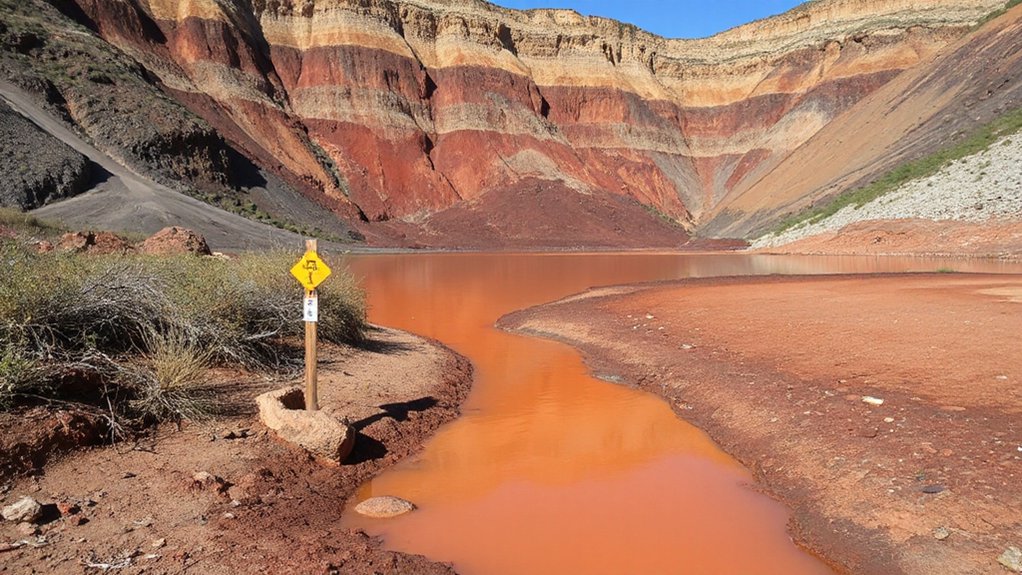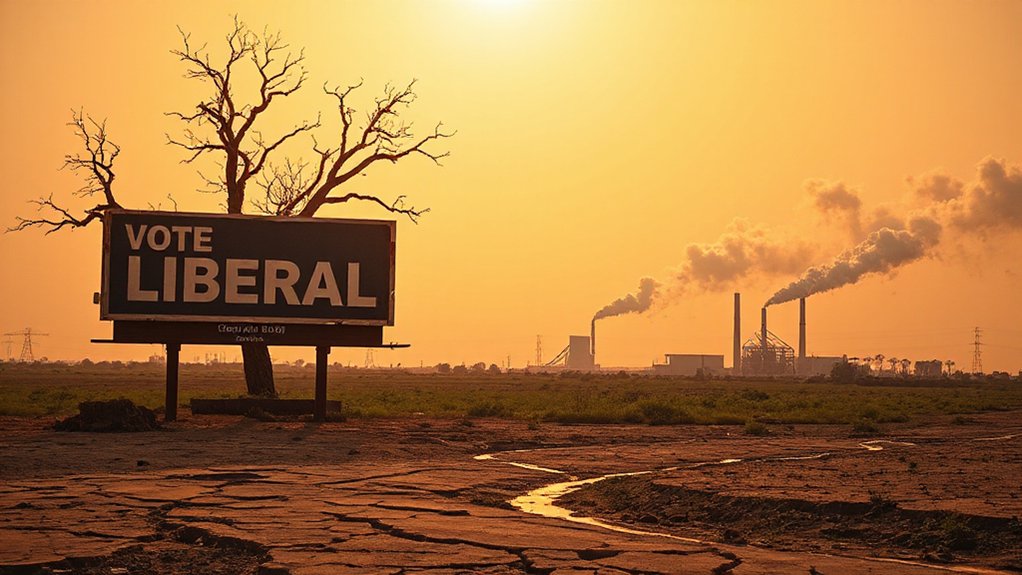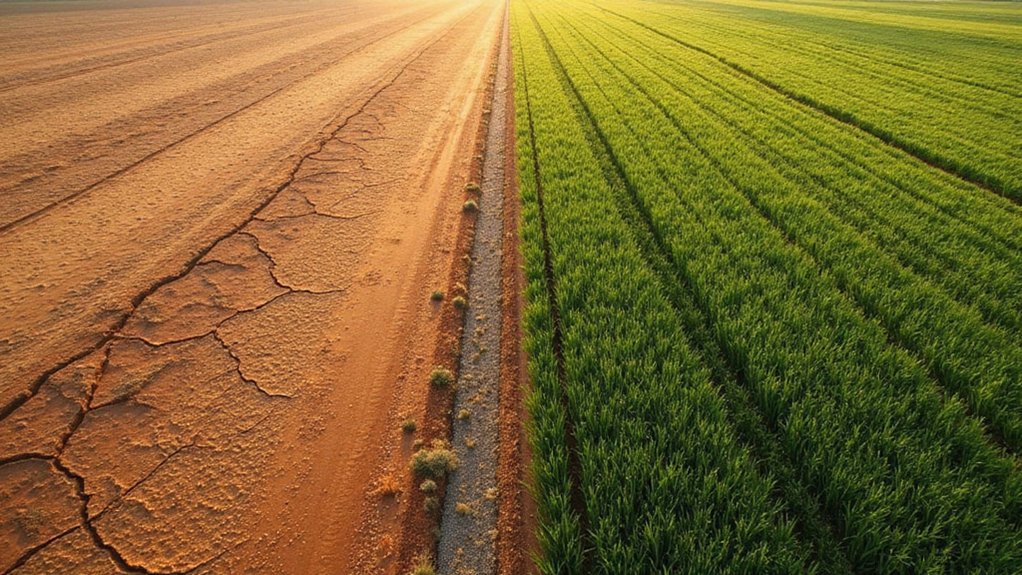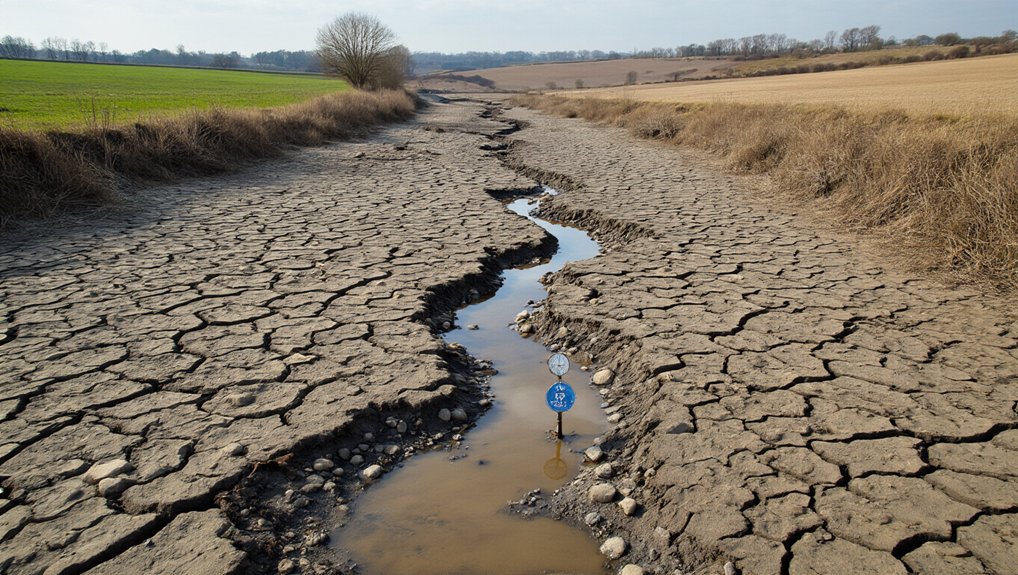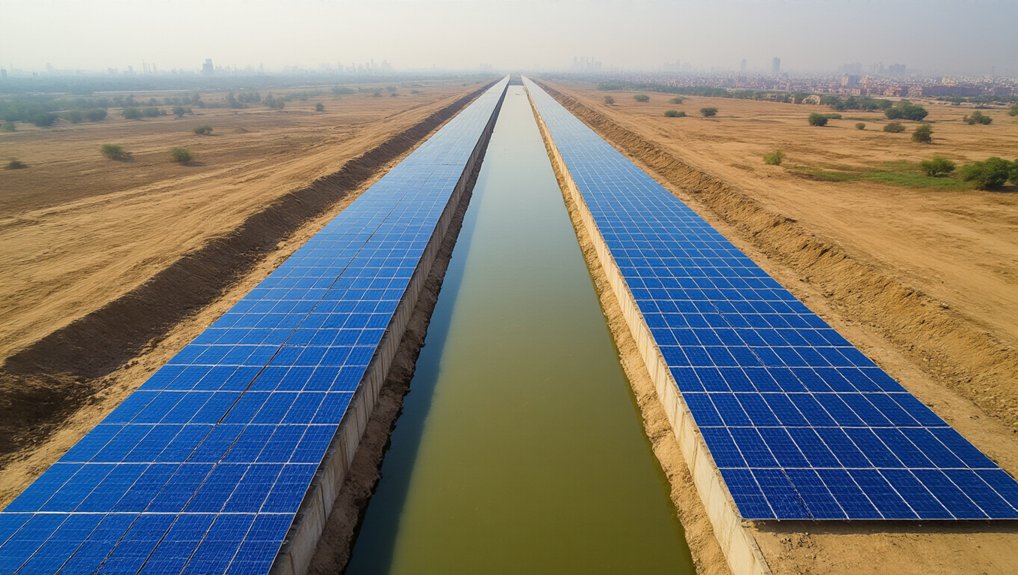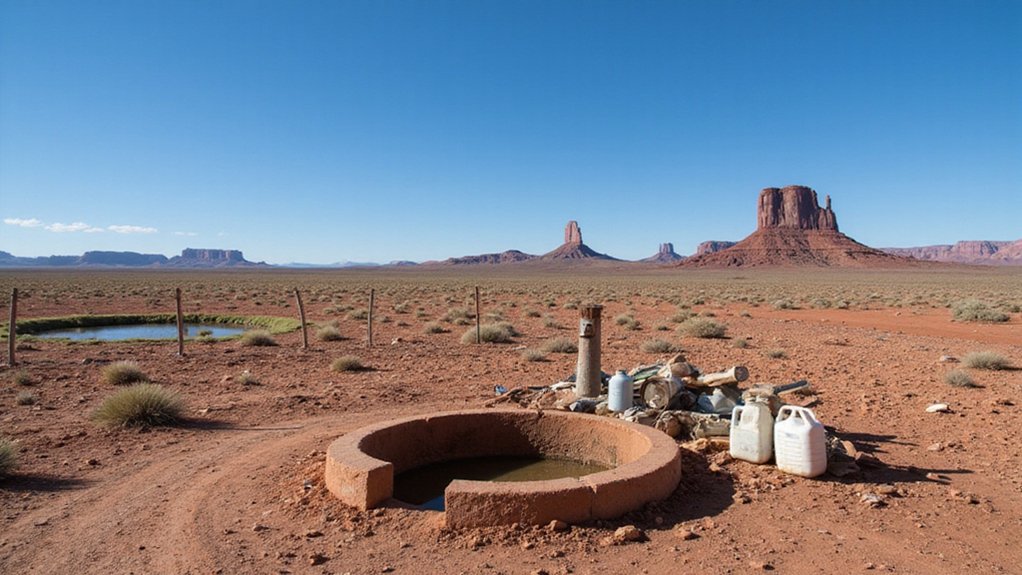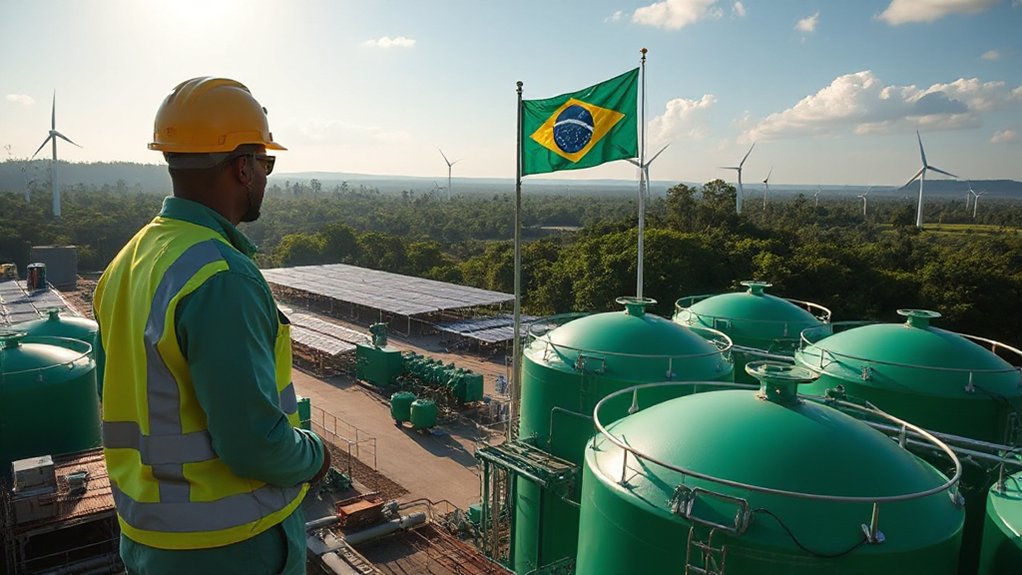While global attention focuses on mining’s economic benefits, a catastrophic environmental disaster unfolds beneath our feet. The shiny minerals we covet come with a dirty secret. Mining operations are quietly destroying soil fertility through widespread topsoil removal, leaving behind barren landscapes where nothing grows. Not exactly the before-and-after photos mining companies feature in their glossy brochures.
These operations guzzle water like there’s an endless supply. News flash: there isn’t. In water-stressed regions, mines commandeer up to 65% of local water supplies. Farmers and communities? They get whatever’s left. Mining companies talk about water recycling while they’re actively depleting aquifers faster than nature can refill them. Do the math.
Mining’s dirty water secret: draining aquifers at unsustainable rates while communities and farmers fight for the leftovers.
It gets worse. When sulfide minerals meet air and water, they create a toxic cocktail called acid mine drainage. This acidic brew, along with processing chemicals like cyanide, doesn’t stay put. It seeps into groundwater and flows into streams. Heavy metals tag along for the ride, poisoning drinking water sources. Fish don’t stand a chance. Neither do the people who depend on that water.
The environmental damage extends beyond soil and water. Mining carves up forests and fragments habitats. Wildlife corridors? Destroyed. Breeding grounds? Gone. Species don’t exactly thrive with the constant noise, dust, and light pollution. Those “rehabilitation efforts” mining companies love to advertise? Too little, too late. Underground mining techniques like block caving can cause significant surface subsidence, further destabilizing natural ecosystems.
Communities bear the brunt of these impacts. Indigenous and rural populations watch helplessly as their water sources become undrinkable. Farmland productivity plummets when soil degrades and water becomes scarce or contaminated. By 2050, 20% of mines will operate in regions facing extreme water stress, exacerbating conflicts between communities and corporations. Funny how mining profits rarely trickle down to compensate for these losses.
The crisis isn’t hidden because it’s invisible. It’s hidden because powerful interests keep it that way. While we celebrate mining’s economic contributions, soil fertility diminishes, water tables drop, and ecosystems collapse. The true cost of those minerals in your smartphone? Much higher than advertised.
References
- https://mshasafetyservices.com/the-environmental-impacts-of-underground-mining-a-closer-look/
- https://www.wri.org/insights/critical-minerals-mining-water-impacts
- https://pmc.ncbi.nlm.nih.gov/articles/PMC9277192/
- https://earth.org/environmental-problems-caused-by-mining/
- https://www.oxfam.org.au/what-we-do/economic-inequality/mining/
- https://wwf.panda.org/wwf_news/
- https://www.usgs.gov/water-science-school/science/mining-and-water-quality
